- (024) 7641-8010
- sales@noratek.id
- Tlogo Raya Street, Batursari, Mranggen, Demak
Storage Tank
Product Catalog
Looking for quality storage tanks in Semarang at affordable rates? Find the best storage tanks for your needs. Only at Flecovex, shop for storage tanks and industrial spare parts via B2B easily. Click the WhatsApp Chat button, and you will automatically be connected to our Sales or Customer Service. Receive price quotes, create purchase orders, and enjoy safe and convenient transactions with Flecovex!
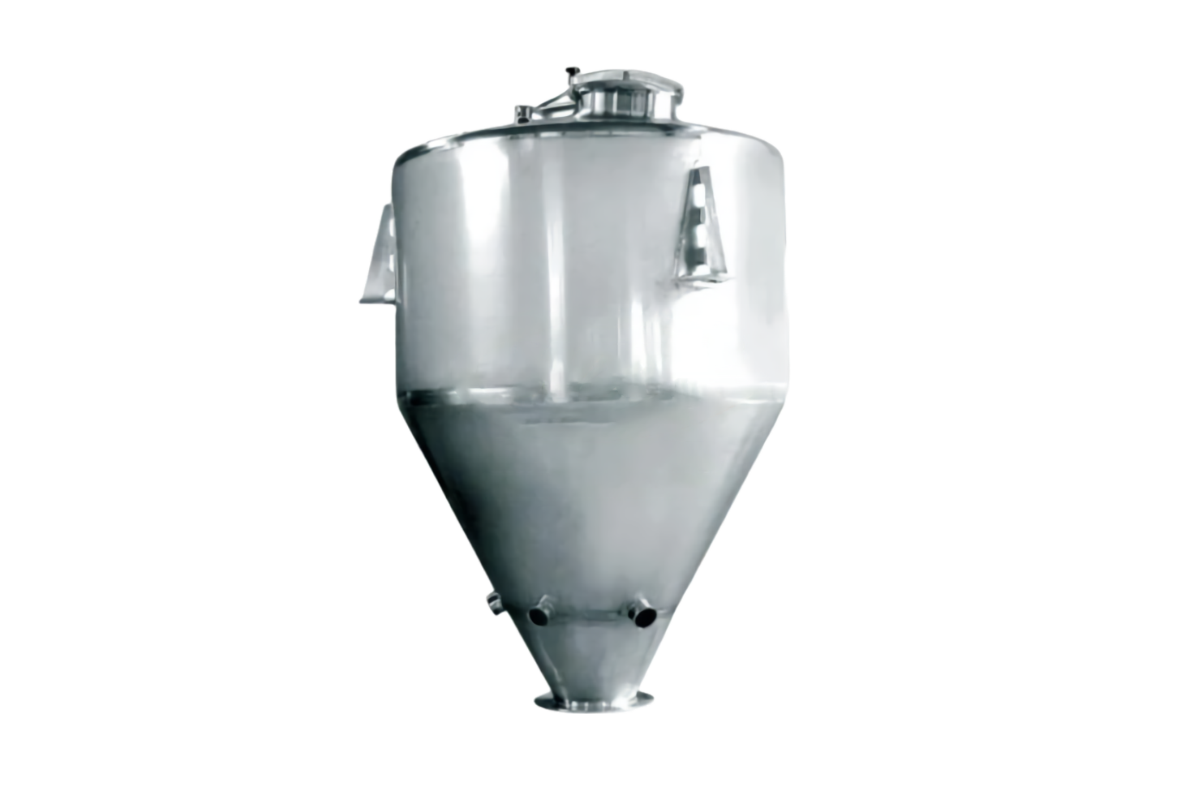
Hopper Storage Tank
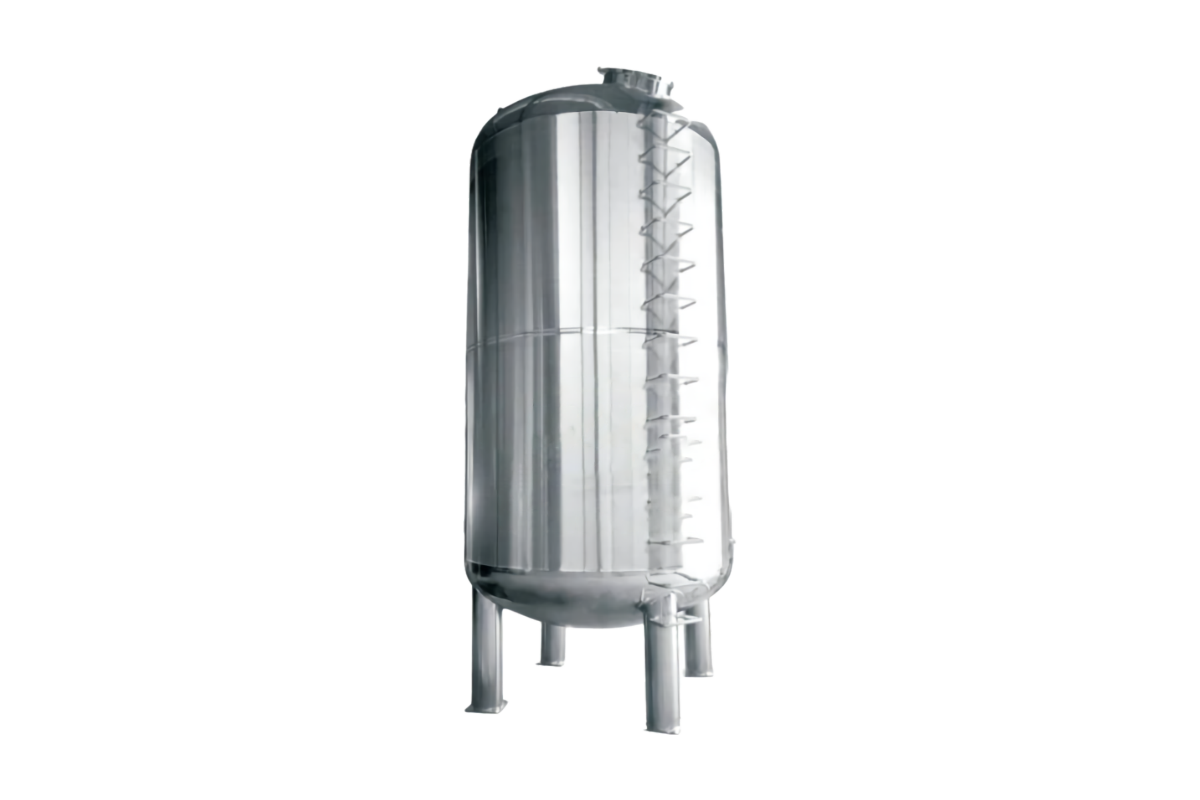
Vertical Storage Tank
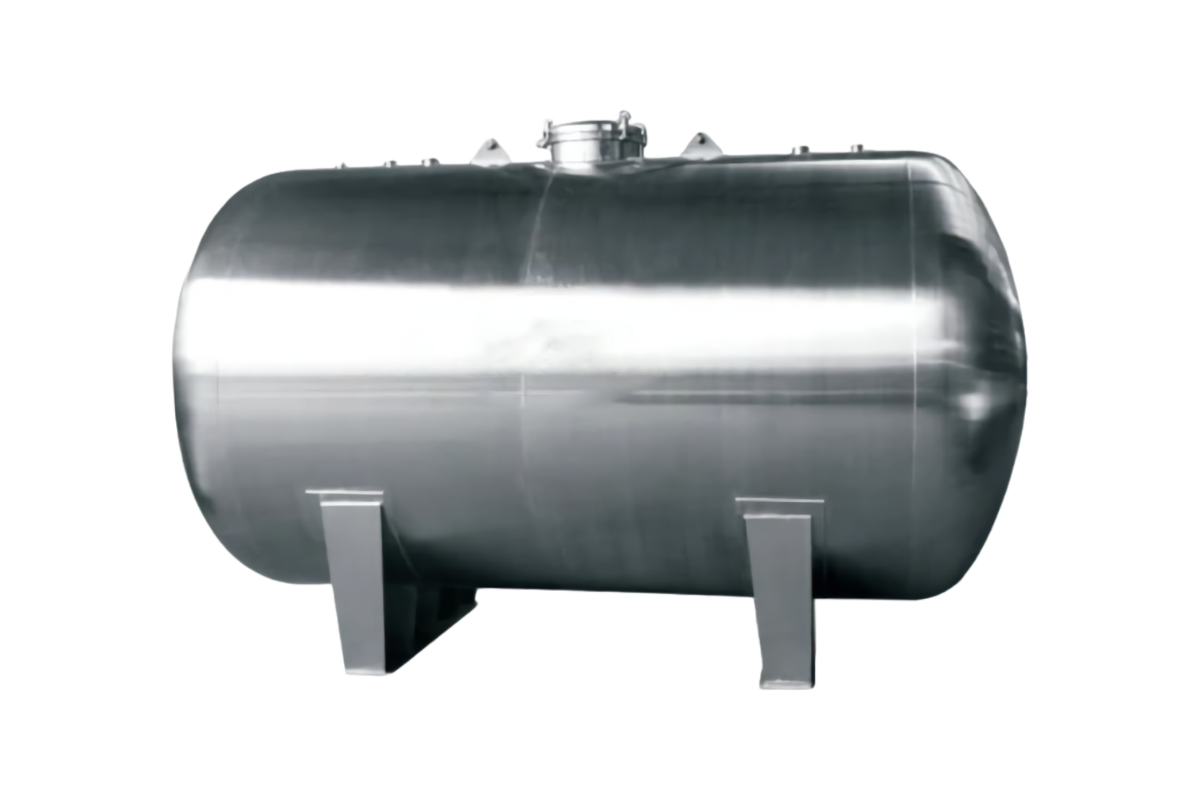
Horizontal Storage Tank
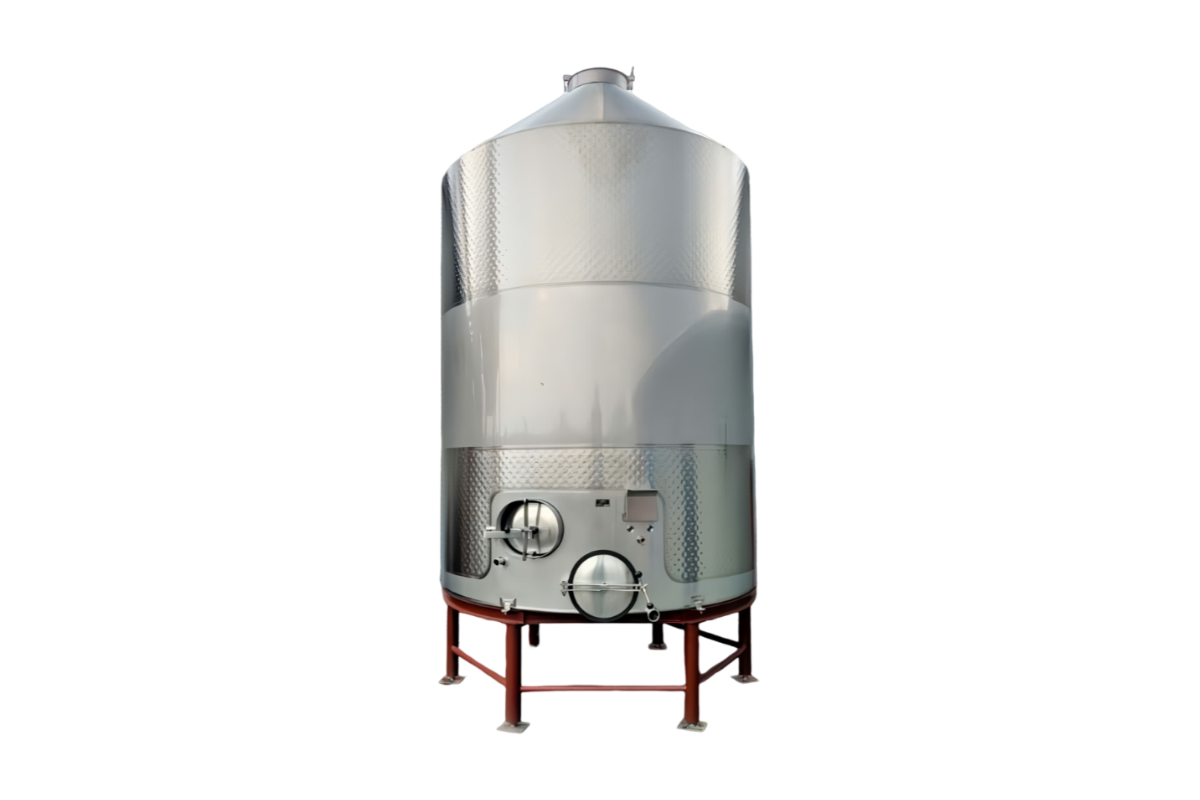
Fermentation Storage Tank
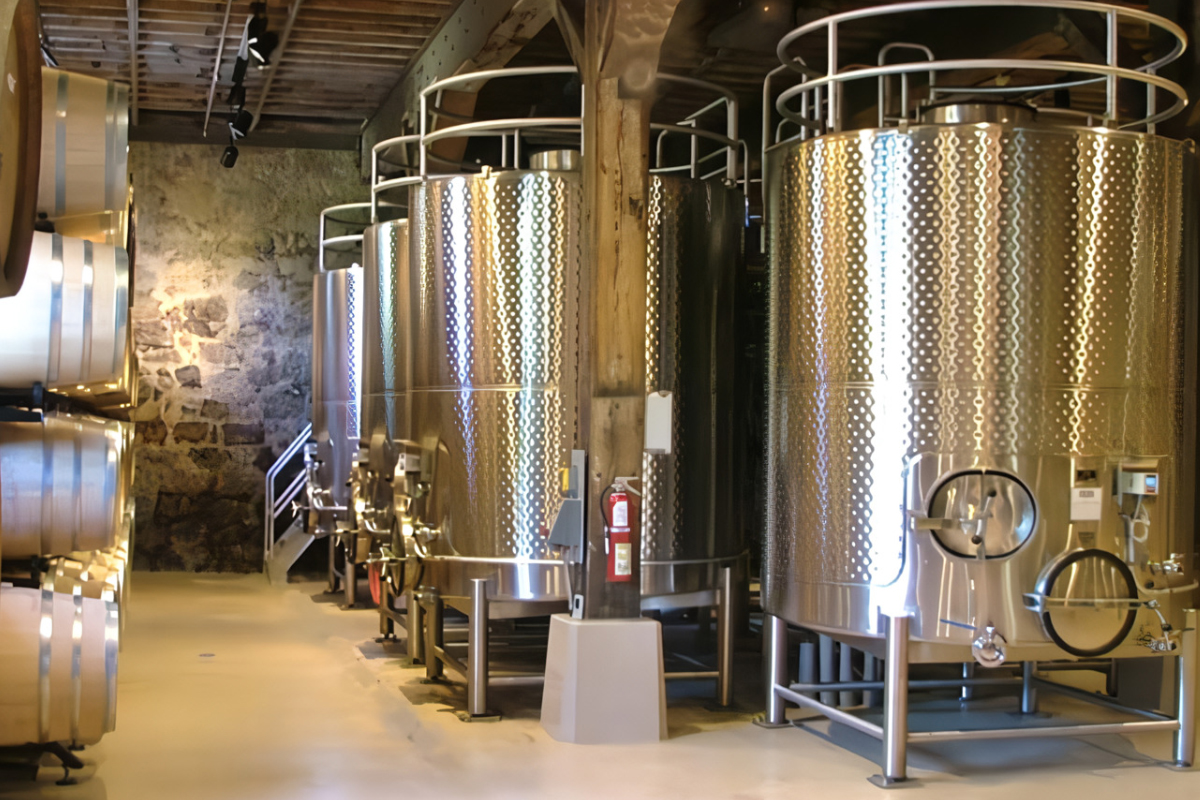
Custom Storage Tank
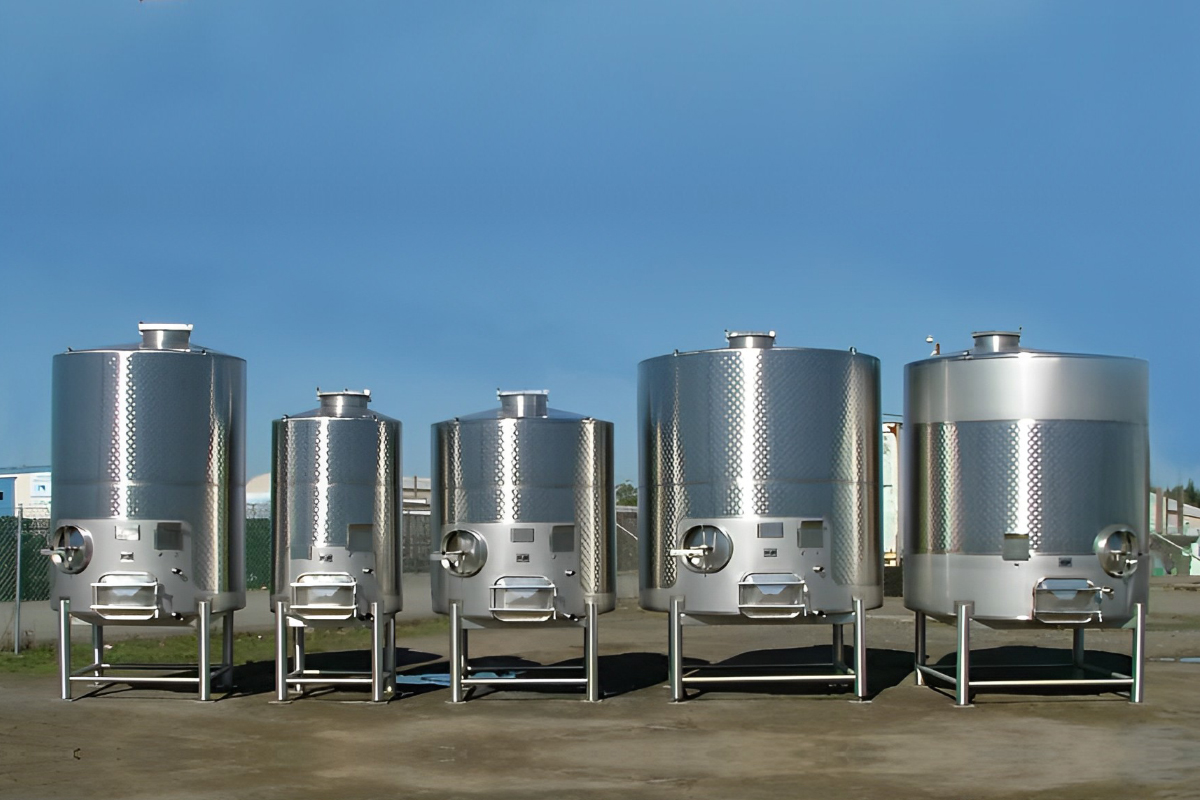
Custom Stainless Tank
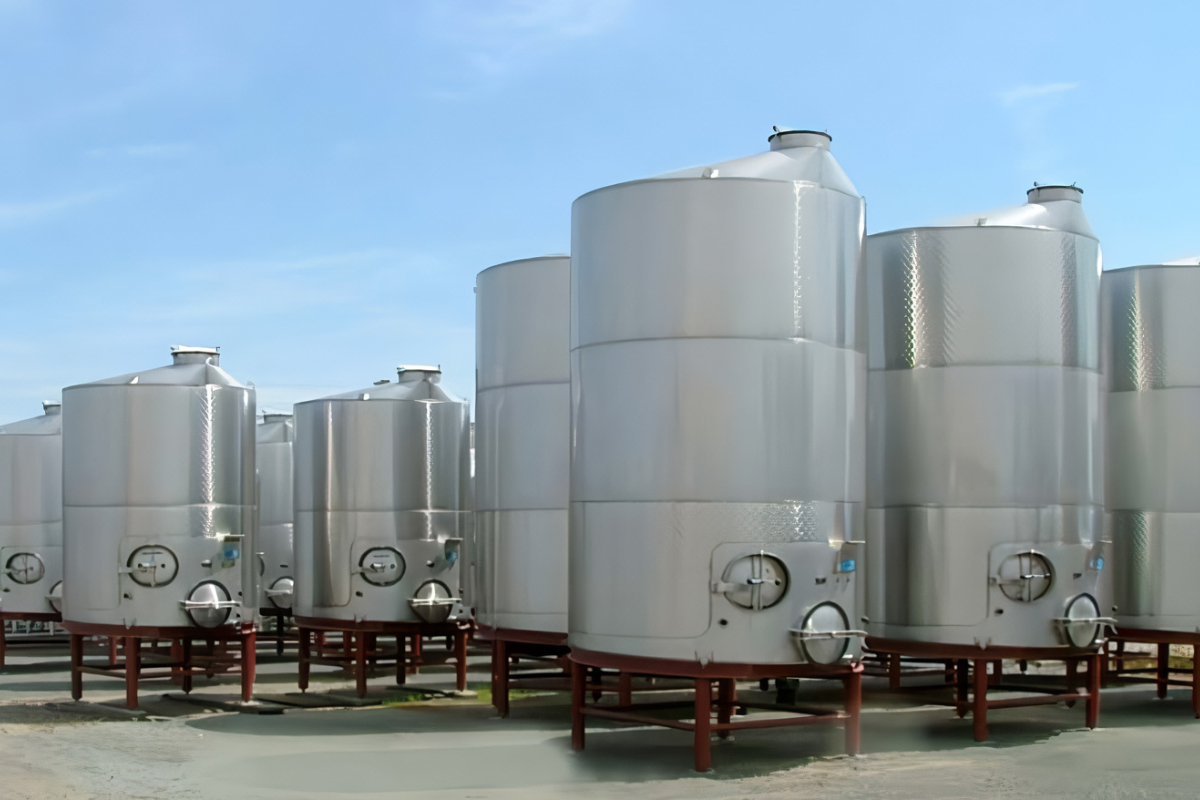
Stainless Wine Tank
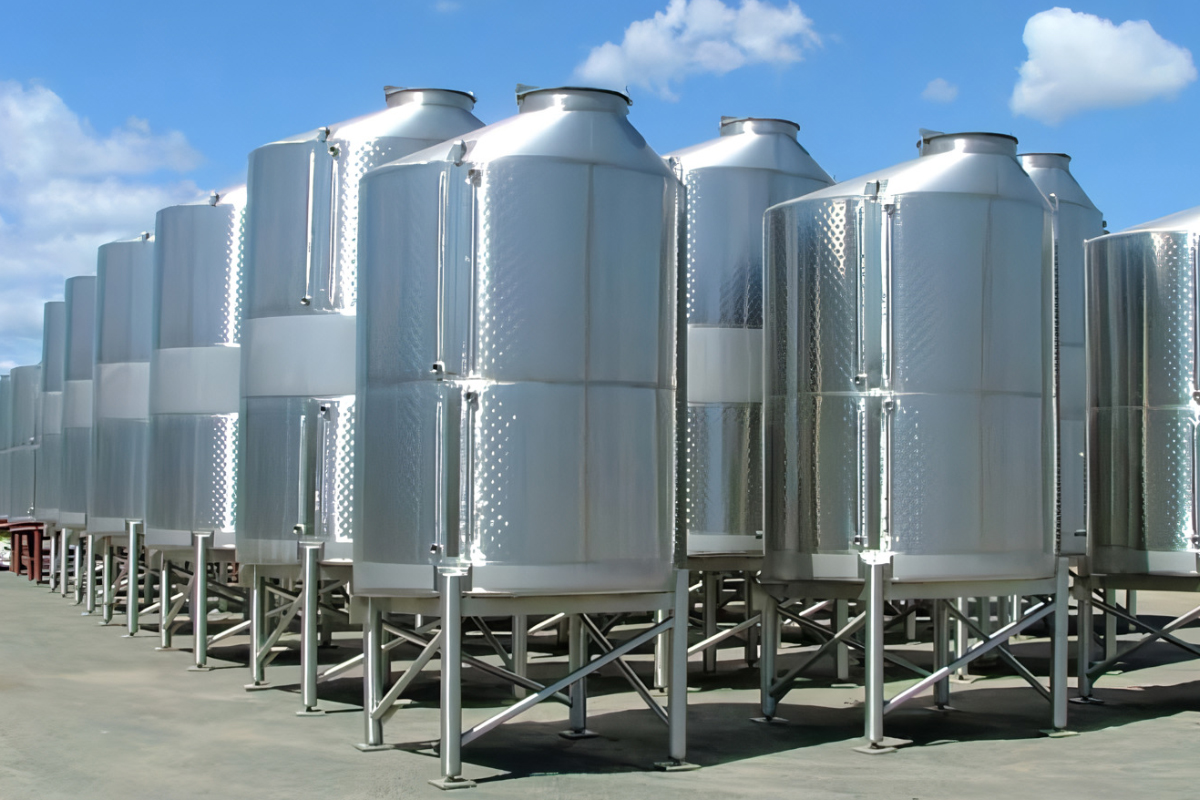
Stainless Wine Tank
What is a Storage Tank?
A storage tank is a specially designed container or storage place to safely hold liquids, gases, or solid objects. Storage tanks come in various shapes and sizes according to their needs.
Storage tanks are very important in various industries such as mining, oil and gas, chemicals, food, pharmaceuticals, and others. Their main function is as a temporary storage place before these materials are distributed or further processed.
Functions of Storage Tanks
Some important functions of using storage tanks include:
1. As a storage place for raw materials, semi-finished goods, or finished products in various industries
2. Maintaining the continuity of raw material supply for the production process
3. Regulating the inventory level of raw materials to avoid shortages or excesses
4. Maintaining the quality and safety of stored materials
5. Facilitating the handling and transportation process in large quantities
6. Anticipating fluctuations in the demand and availability of raw materials
7. Regulating the pressure and temperature of stored materials to remain stable
Advantages of Using Storage Tanks
Some of the main advantages of using storage tanks are:
1. Able to store large amounts of materials
2. Available in various sizes and capacities
3. Customizable manufacturing materials according to needs
4. Equipped with various sensors for monitoring
5. The security system can be enhanced according to standards
6. Easy maintenance and repair
7. Relatively long service life with periodic maintenance
8. Initial investment is cheaper than other storage buildings
Types of Storage Tanks
Broadly speaking, storage tanks are divided into 2 main types, namely:
1. Vertical Storage Tank
Vertical storage tanks have a perpendicular position to their base foundation. This type of tank has a height that is much larger than its diameter. Generally cylindrical in shape and equipped with a curved roof.
The main advantages of vertical storage tanks:
- Takes up less land
- Able to accommodate very large capacities up to hundreds of thousands of barrels
- More stable because of its low center of gravity
- Easier maintenance and repair process
- Vertical storage tanks are widely used for storing fuel oil, liquefied natural gas, and chemicals
2. Horizontal Storage Tank
Horizontal storage tanks have a flat or horizontal position to the ground surface. The length is much greater than the height or depth.
Some advantages of horizontal storage tanks:
- More aerodynamic design profile
- Lower risk of corrosion due to larger surface area
- Lower construction costs
- Suitable for storing low-pressure liquids
- Horizontal tanks are widely used in the chemical, heating, power generation, and water treatment industries
How Storage Tanks Work
In principle, the working method of storage tanks is quite simple, namely:
1. Materials are flowed from the production site or supply through pipes
2. Then stored in the storage tank
3. There are special sensors inside the tank to monitor levels, pressures, temperatures, and other important parameters
4. When needed, materials are flowed out of the tank through pipes and pumps to processing facilities or places of use
5. Instrumentation systems are installed to detect leaks, hazardous conditions, fire protection, and so on for the safety of tank operations
For Orders or Further Information,
Contact Us Immediately
